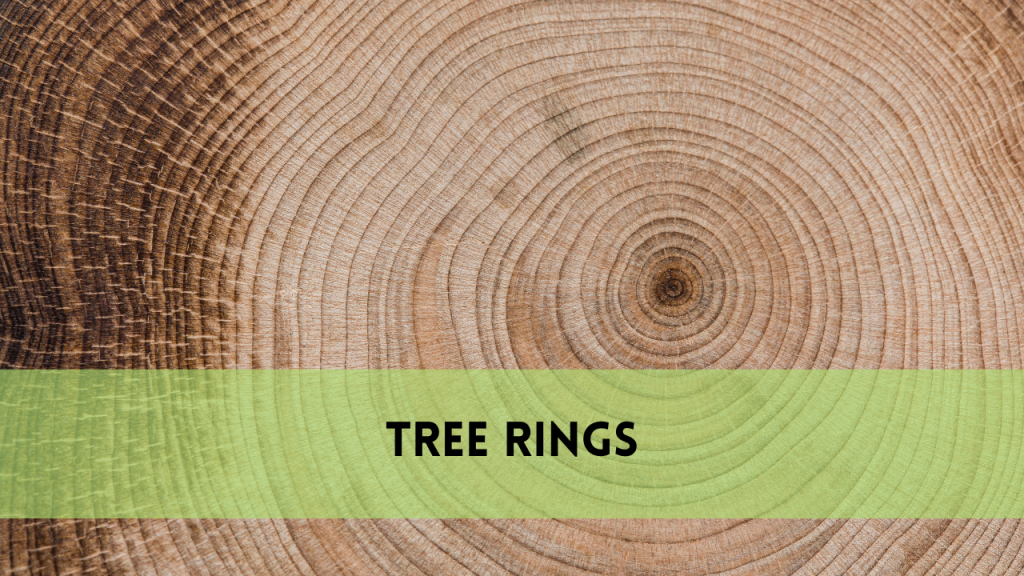Types of Spider Plants
Welcome to the verdant world of spider plants, where Arborist Heights is your reliable friend on this botanical voyage. In this detailed book, we will explore the mysteries of many spider plant kinds, providing vital insights and care suggestions in simple terms. Whether you’re a novice plant enthusiast or a seasoned green thumb, our knowledge combines with a touch of simplicity to bring you closer to the rich and exciting world of spider plants. Arborist Heights encourages you to learn about the subtleties of caring for these green beauties, as well as the beauty they add to both indoor and outdoor environments. Join us as we explore the complexities of spider plant maintenance, innovative planting concepts, and practical troubleshooting techniques. Enjoy the green elegance that spider plants provide.
Varieties of Spider Plant
Arborist the Heights invites you on a botanical journey as we unravel the delicate threads of spider plant types, creating a bright green tapestry for both indoor and outdoor fans.
Classic spider plant
The classic spider plant (Chlorophytum comosum) is distinguished by its white-striped arching leaves. It is adaptable and easy to care for, making it popular among plant aficionados.
Variegated Spider Plant
The Variegated Spider Plant (Chlorophytum comosum ‘Variegatum’), This species is known for its remarkable variegation, with leaves covered in a combination of green and creamy-white hues that offer a touch of elegance to any scene.
Bonnie Spider Plant
(Chlorophytum Comosum ‘Bonnie’), The Bonnie Spider Plant is a great choice for tiny settings, hanging baskets, or as a ground cover because of its compact size and curly, cascading leaves.
Zebragrass Spider Plant
(Chlorophytum saundersiae), This type adds a striking visual element to any green collection with its long, arching leaves and a central green stripe that looks like a zebra pattern.
Ribbon Plant
(Chlorophytum comosum ‘Vittatum’) has slender leaves with a centre green ribbon, adding a beautiful and streamlined aspect to any botanical display.
Dive into the mesmerizing array of spider plant kinds, each with its own distinct beauty to add to the green tapestry of your indoor or outdoor gardens. Arborist Heights walks you through the intricacies of caring for these botanical marvels, assuring a robust and visually attractive collection in your plant sanctuary.
Nurturing Nature: Key Care Tips for Spider Plants
Cultivating healthy spider plants is a rewarding experience, and Arborist Heights offers helpful maintenance suggestions to ensure your green buddies thrive.
Spider plants require strong, indirect light for optimal growth. Place them near windows that receive filtered sunshine, establishing a balance of illumination and shade.
For a balanced watering routine, keep the soil evenly moist and let the top inch dry between sessions. Over-watering can cause root rot, so maintain a balance for best health. Plant your spider in well-drained soil to avoid waterlogging. A blend of potting soil and perlite improves their root health. Spider plants prefer moderate room temperatures of 65°F to 75°F (18°C to 24°C). Avoid exposing them to drafts or sudden temperature changes. During the growing season, apply diluted, balanced liquid fertilizer every 2-4 weeks. Avoid fertilizing during the winter, when growth slows.
With Arborist Heights’ key care suggestions, you’ll be able to cultivate a lively and thriving spider plant community while bringing a touch of green elegance to your living areas.
Spider Plant Companions: Ideal Plant Pairings
Enhance the attractiveness of your indoor or outdoor garden by learning about the ideal partners for your spider plants, according to Arborist Heights.
Peace Lily
Pair your spider plant with the exquisite Peace Lily (Spathiphyllum) to create a relaxing environment. This couple not only has comparable care preferences, but they also complement one other visually.
Snake Plant
Pair the Snake Plant (Sansevieria) with the Spider Plant to create a visually appealing contrast. Both are low-maintenance and thrive under comparable lighting conditions, making them excellent housemates.
Pothos
Combining the spider plant with pothos (Epipremnum aureum) creates a stunning display of greens. This powerful pair not only improves visual attractiveness but also thrives in mild lighting.
Aloe vera
Combining spider plants with aloe vera (Aloe barbadensis Miller) creates a functional and beautiful combination. These partners not only share watering preferences, but they also provide healing properties to your home.
Rubber plant
Combine the rubber plant (Ficus elastica) with the spider plant to create a rich and diversified environment. Both flourish in indirect light, resulting in a balanced setting.
With Arborist Heights as your guide, discover unlimited combinations for combining your spider plants with these appropriate partners, resulting in a botanical symphony that enriches both the beauty and well-being of your favourite green spot.
Common Challenges: Troubleshooting Spider Plant Woes
Arborist Heights recognizes that even the hardest plants have obstacles, and spider plants are no exception. Addressing common difficulties early is critical for their survival. Yellowing leaves may signal overwatering or insufficient lighting, necessitating a review of your care regimen. Brown tips can indicate high salts in the soil or low humidity, underscoring the significance of proper watering and environmental conditions. Spider plants may encounter pest infestations, such as spider mites or aphids; battle these intruders with moderate insecticidal remedies. If your green buddies’ growth is slow or lanky, try changing their light exposure or replenishing the soil. With Arborist Heights’ troubleshooting tips, you can proactively handle these issues, ensuring that your spider plants remain healthy, vibrant, and a source of natural beauty in your home or garden.
Related Posts:
Spider Plants in Unique Spaces: Creative Planting Ideas
Arborist Heights encourages you to explore new methods to present spider plants in unique settings. Suspend spider plants in eye-catching hanging baskets, enabling their arching leaves to cascade gracefully. Embrace the allure of terrariums, creating mini-greenhouses that showcase the particular beauty of spider plants while adding a bit of whimsy to your home. Consider adding spider plants into living walls for a dynamic and rich look in both indoor and outdoor spaces. Arborist Heights urges you to look beyond typical plant placements, experimenting with unusual vessels like vintage pots or repurposed furniture to bring individuality and greenery into every part of your home. Discover the infinite possibilities of spider plants.
FAQS
What is the recommended watering frequency for my spider plant?
Spider plants prefer damp soil. When the soil’s top inch feels dry, water it.
Can spider plants thrive in low light conditions?
While they prefer bright, indirect light, spider plants can adapt to lower light levels.
What produces the brown tips on spider plant leaves?
Brown tips can indicate over-fertilization or fluoride in water. Adjust your care routine accordingly.
Can spider plants be cultivated outside?
Yes, spider plants can grow outdoors in filtered sunshine or partial shade.
Do spider plants enhance indoor air quality?
Yes, spider plants may filter indoor air by eliminating pollutants such as formaldehyde and benzene.
Can spider plants live in colder climates?
Spider plants are susceptible to freezing temperatures. It is best to bring them indoors during the winter months.
Conclusion
Arborist Heights concludes our journey into the subtle world of spider plants by inviting you to experience the amazing green elegance that these botanical wonders provide to your living spaces. Spider plants are dependable companions, embellishing both indoor and outdoor spaces with timeless beauty thanks to a wide range of types, imaginative pairings, and crucial care tips. Arborist Heights emphasizes the delight of caring for these green marvels and promotes a harmonious relationship between plant and caretaker. As you begin on this botanical journey, may the brilliant tapestry of spider plants weave its way into your heart, providing not only aesthetic appeal but also a link to the relaxing rhythm of nature. Allow Arborist Heights to be your trusted guide on this green journey, creating a setting where spider plants thrive and nature’s beauty is enjoyed in your daily life.




